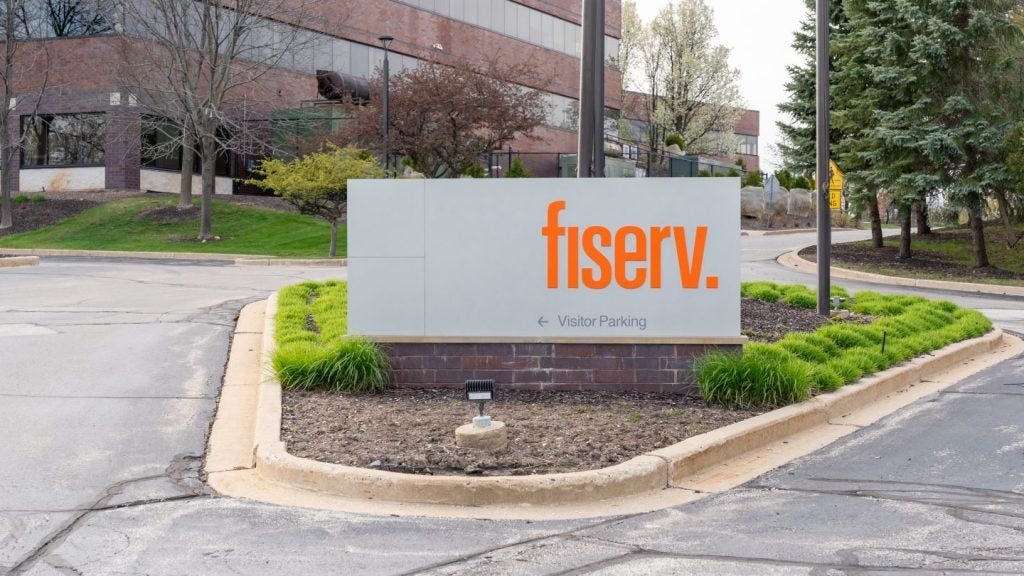A host of technology developers is vying for a share of the US’s
embryonic mobile banking market. Among the developers, Firethorn
appears to have formulated a successful strategy, gaining the
support of major players in the banking and telecommunication
industries. Charles Davis reports.
A decade or so ago, when online banking seemed destined to
replace bricks-and-mortar branches, mobile banking was enjoying the
same sort of hype. We all know what happened to many of the early
virtual banking plays. Mobile banking found itself far ahead of
consumer demand, too, and several early pilots fizzled.
Today, with more than 70 percent of American consumers carrying
a mobile phone, momentum in the mobile banking market is shifting,
a timely development for technology developer Firethorn Holdings,
whose preloaded banking software is all the rage.
It’s a case of being in the right place, with the right
technology, at precisely the right time. Firethorn’s software
simplifies what once was a daunting technological task, taking the
mobile phone user from dial tone to banking site in a single
click.
From the phone’s menu, all a bank customer needs to do is click
the Firethorn application, and a mobile banking screen takes over,
asking for a six-digit access PIN. Once the PIN is entered, the
bank’s logo appears, and it’s no different to online banking: a few
more clicks, and customers can access balances, transfer funds and
pay bills.
Within months, Firethorn will take the next step toward the holy
grail of mobile payments: a feature that will allow customers to
transfer funds from their account to any other person’s account,
anywhere.

US Tariffs are shifting - will you react or anticipate?
Don’t let policy changes catch you off guard. Stay proactive with real-time data and expert analysis.
By GlobalDataBig name support
In the past year alone, five major US banks – SunTrust, Wachovia,
Regions Financial, Synovus and BancorpSouth – signed up to offer
Firethorn’s mobile banking application. On the mobile carrier side,
Verizon announced an agreement in October to load Firethorn
software on the phones. Wireless communications giant AT&T, a
major Firethorn supporter, began offering the software preloaded on
its phones in November 2007.
While Bank of America (BofA) and Citibank have taken a
proprietary approach – BofA went completely in-house and Citi
teamed with technology developer mFoundry to create its own
service, expected to launch sometime in 2008 – Firethorn has its
sights on the rest of the top 20 banks in the US.
While the focus for now is on basics such as balance inquiries
and bill payment, as more financial companies get ready to roll out
mobile services, Firethorn is preparing for a future in which
mobile phones turn into true interactive payment devices.
Banks and financial institutions are also interested in near
field communications (NFC) technology that allow users to pass a
mobile phone near a wireless receiver to pay for groceries or to
gain admission to a sporting event, similar to the way a debit card
is used to access funds in an account. Similar to mobile banking
technologies, such mobile contactless payment systems will evolve
slowly, despite market hype, for the simple reason that few US
handsets contain NFC technology. NFC is an open standard separate
from Bluetooth and other devices that transmit data in the 13MHz
band. However, only 154 million NFC-equipped phones are expected to
ship by 2010, out of a predicted 3 billion mobile phones that will
ship globally that year.
Broken barriers
That said, mobile banking adoption in the US is still expected to
be quite high over the next few years, as all those handsets and
years of experience with online banking have broken down the
barriers to consumer adoption. The most sceptical recent estimates
– from research company Forrester analyst Catherine Graeber, author
of the report Raining on the Mobile Banking Parade – indicated that
overall US mobile use was up 58 percent in the past six years, and
the numbers are trending even higher. Forrester’s conservative
estimates predict that US mobile phone ownership will grow to 121
million households – 88 percent of total US households – by
2012.
Analysts at research company Aite expect 35 million US mobile
phone users to make mobile payments by 2010, compared with 1
million now. By 2010, about 10 percent of all payments under $25,
or $140 billion, will be made with contactless cards, according to
another research company, Celent. Of those, 10 percent could be
paid with mobile phones, Celent said.
The future will likely see some resolution to the tripartite
nature of mobile banking technology. Banks currently have three
options when it comes to mobile banking technology: short message
service (SMS), web browser applications and downloadable
applications. The result could some be an amalgam of all three:
BofA’s mobile banking service is a browser-based system, but
customers also can receive customised alerts via SMS.
Late last year, mFoundry and ClairMail formed a strategic
partnership to offer a combined solution that integrates
ClairMail’s SMS capabilities and mobile web access with mFoundry’s
downloadable application. BB&T Bank has already launched the
product as its mobile banking offering.
True wireless banking
Firethorn, which recently was acquired by wireless-technology
provider Qualcomm, is looking to the future, one that could soon
enable bank customers to download its application from banks’
websites over the air to a mobile phone. This wireless application
could lead to true wireless banking, in which transactions are
initiated by phone instead of contactless debit or credit cards,
triggering the next great wave of mobile payments.
By targeting banks and mobile carriers, Firethorn is building
significant market share on both sides of the equation. AT&T
Mobility’s offering is now available for download to more than 30
of the carrier’s devices, which account for about 30 million
wireless handsets in the market.
Chipmaker Qualcomm is one of several semiconductor companies,
including rival Texas Instruments, in the Open Handset Alliance, an
effort by Google to create a package of wireless applications and
services. Its ownership of Firethorn gives it entry to the software
side of the business.
With developments from credit card companies, banks and wireless
carriers, mobile phones should soon turn into more than
communications devices. The question is whether consumers also will
be as excited about mobile banking and contactless
payments.






